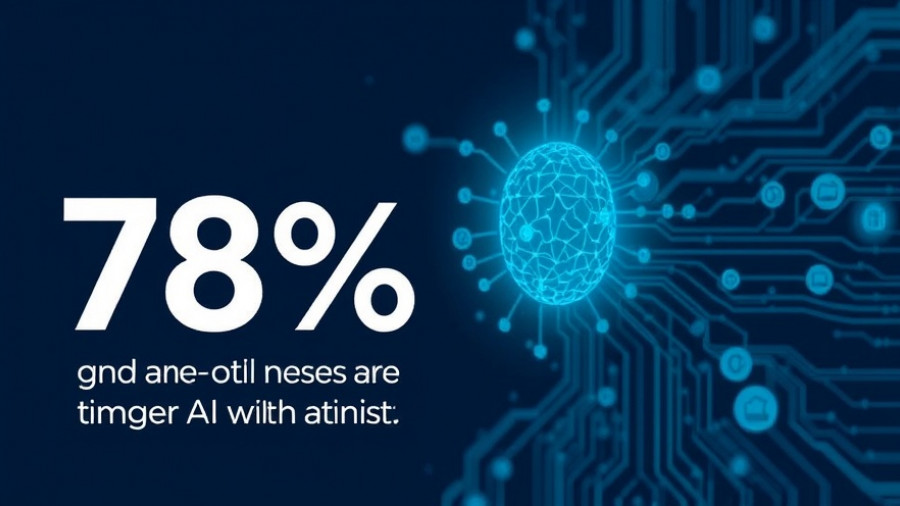
The Impact of Sanctions on Key Marketing Tools
As global dynamics shift with ongoing geopolitical tensions, businesses and marketing professionals must remain vigilant about the regulatory landscape impacting their digital tools. Zapier's recent announcement regarding its services being unavailable to clients in certain sanctioned countries highlights the necessity for companies to adapt their strategies amidst changing conditions.
Understanding the New Sanctions
Starting September 12, 2024, Zapier will no longer provide services to users in sanctioned countries, which include Russia, Belarus, Iran, North Korea, Syria, Cuba, and Crimea. These extensive measures are a result of U.S. government sanctions that restrict companies from delivering defined IT services in these regions. For many marketing professionals, tools like Zapier have become crucial in automating workflows and enhancing operational efficiency. Losing access to these tools can significantly impact campaign management and client relations.
Why This Matters for Marketers
For marketing teams who rely on Zapier to streamline their processes, this change may pose challenges. Many businesses use automation platforms to connect various software applications, manage customer relations, and analyze workflow performance. Therefore, understanding the implications of these sanctions is crucial to ensuring continuity in operations. Marketers must consider alternative solutions and prepare to adapt to this evolving landscape to mitigate disruptions.
Preparing for the Future
What can marketing professionals do in light of these changes? Here are a few strategies to consider:
- Evaluate Your Dependencies: Examine which tools you utilize that may be affected by sanctions. Consider alternatives that comply with regulations.
- Stay Informed: Regularly monitor updates about sanctions and compliance to anticipate further changes that may affect your operations.
- Diversify Tools: Explore various tools rather than relying solely on one service to ensure you’ve got backup options.
The Bigger Picture: Sanctions and the Global Marketplace
The new restrictions bring attention to the complex relationship between government regulations and digital marketing. In a world where cross-border collaboration is essential for success, companies must stay attuned to geopolitical factors that can impact their capabilities. As these sanctions evolve, being proactive and prepared is key for marketers worldwide.
Adapting to an ever-changing marketplace is paramount. Marketers must not only adjust strategies but also foster a culture of agility within their teams to navigate these new challenges effectively. With proper insight and planning, marketing professionals can lessen the impact of such disruptions.
As you strategize for the future, it's essential to consider both your immediate and long-term marketing tools' viability. Lay the groundwork today for a smooth transition tomorrow, armed with the knowledge to thrive in the face of ever-evolving regulations.
 Add Row
Add Row  Add
Add 




Write A Comment